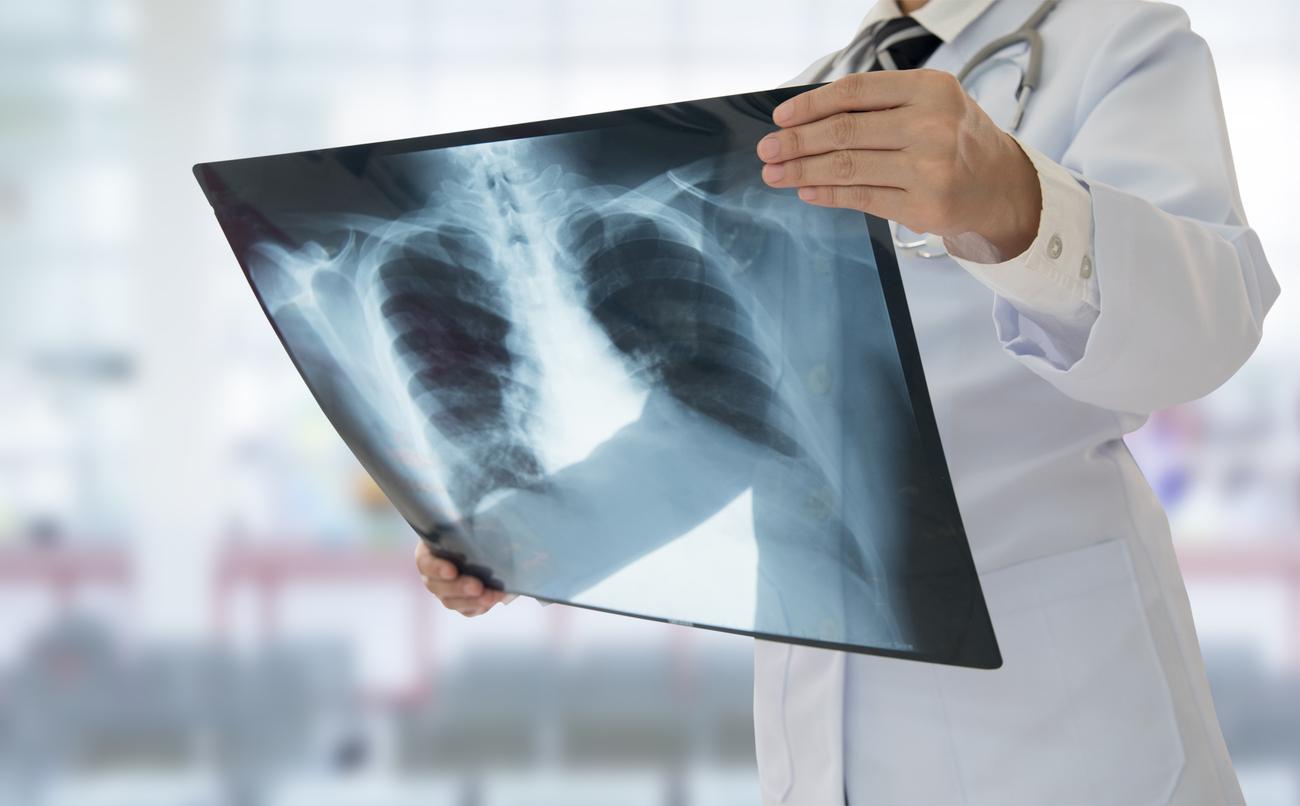If you plan to spend your summer holidays in the mountains, it is important to take into account the risks associated with altitude, in particular altitude sickness. This condition can occur from 2,000 meters above sea level. Here is everything you need to know to enjoy the mountain safely.

- Altitude sickness is a condition that can occur from 2,000 meters above sea level, it is linked to the decrease in atmospheric pressure.
- Symptoms are headache, fatigue, nausea, loss of appetite or breathing problems.
- To prevent altitude sickness, climb slowly in altitude.
The causes and symptoms of altitude sickness
Altitude sickness is a disorder that occurs when the body does not have enough oxygen at high altitudes. This is because the decrease in atmospheric pressure reduces the amount of oxygen the lungs can absorb, which leads to breathing problems. “About 20% of people who climb up to 2,500 meters and 40% of those who climb up to 3,000 meters have some form of altitude sickness” says the MSD Manual medicine book.
Altitude sickness can manifest itself in different ways: headaches, fatigue, nausea, irritability, loss of appetite, respiratory problems. These symptoms can be more or less severe depending on the altitude and the sensitivity of each person. In the most severe cases, mountain sickness can lead to pulmonary or cerebral edema, or even coma requiring emergency medical intervention.
How to prevent altitude sickness
The best way to prevent altitude sickness is to ascend slowly and gradually acclimatize to the altitude. “The altitude at which people sleep is more important than the maximum altitude reached during the day” explains the MSD Manual. Above 3,000 meters, it is advisable not to increase your altitude to sleep more than 300 to 500 meters per day and to include a day of rest, at the same height, every three or four nights.
It is also important to hydrate regularly and not to make intense physical efforts during the first days. For people who are particularly sensitive to altitude, it is possible to take preventive medication, such as acetazolamide or dexamethasone.
What to do in case of altitude sickness
If you experience symptoms of altitude sickness, it is important to rest and drink plenty of water. It is not too late to ingest the preventive medications but you will have to stop the acetazolamide treatment at the beginning of the descent or after a few days at the maximum altitude. If symptoms persist or worsen, it is recommended to descend to a lower altitude. In the most serious cases, the administration of oxygen may be necessary, or even the intervention of an emergency medical team.

















